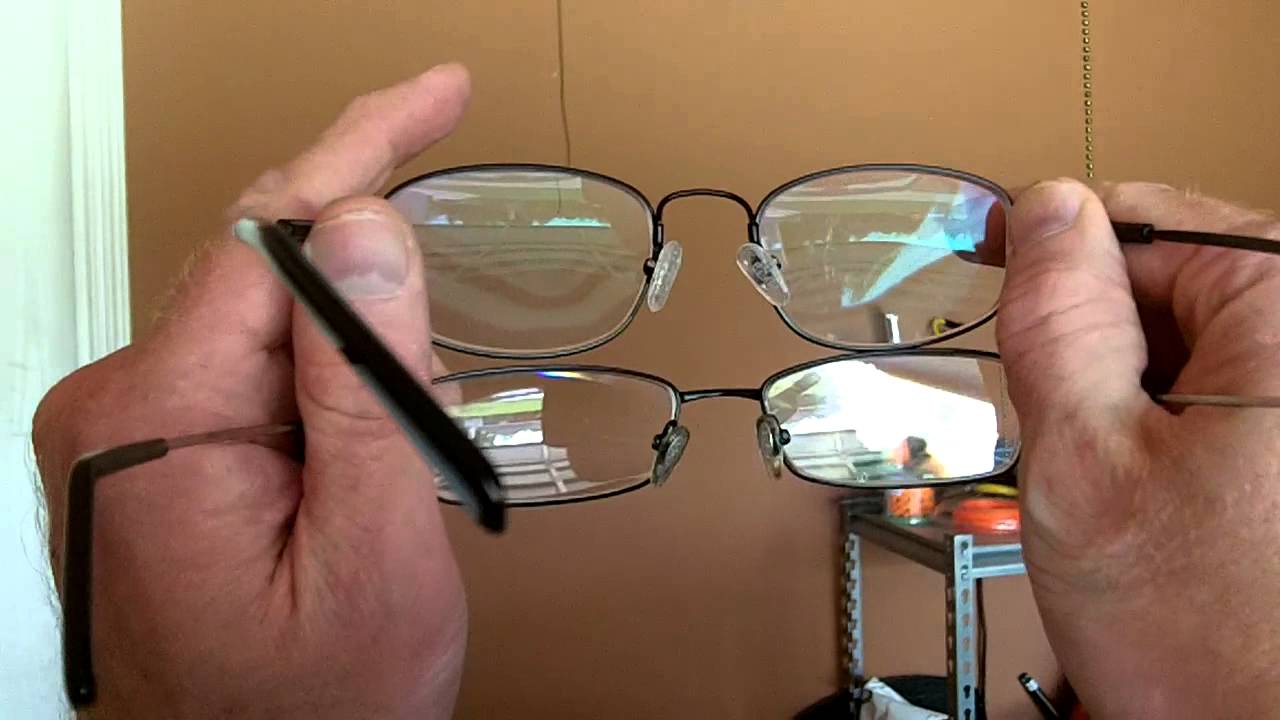Optical filters are the devices that allow transmission of a set of wavelengths of light or a specific wavelength. These filters are used in many different applications like spectroscopy, fluorescence microscopy, machine vision inspection, or clinical chemistry. All kinds of filters are ideal in there some things, and optical filters are ideal for imagining industrial or defense industries, and life science. Edmund Optics offers a plethora of Optical filters for loads of applications that includes a notch, edge, color substrate, bandpass interference, and dichroic. You can get to know about Thin-Film Optical Filters: an Overview in this article.
There are mainly two different classes of optical filters that work on different mechanisms of operations, which are absorptive filters and dichroic filters. Absorptive filters are coated with different inorganic and organic materials that can absorb convinced wavelengths of light and allow the desire wavelengths to go by through it. Dichroic filters are the complicated ones when it comes to operation as they consist of a sequence of optical coating with specific thickness, designed to reflect back the unwanted wavelengths and transmit only the desired wavelength.

In addition to absorptive and dichroic filters, there are some other filters too like:
- Infrared filters
Infrared filters are the heat-absorbing filters that transmit the visible light and block the light spectrums, which are mid-infrared. A good example of infrared filters is incandescent light bulbs.
- Monochromatic filters
These are specialized filters that transmit only one color or a narrow wavelength.
- Neutral Density Filters
These filters make the wavelengths of light less powerful by filtering the only fraction of each wavelength. Combining the optical density with certain algorithms determine the amount of each wavelength to block. The neutral density filters are used in photography as they enable the photographer to capture the image correctly, even in light. These filters can either be absorptive or reflective.
- Ultraviolet Filters
ultraviolet filters tend to transmit a visible light just like the infrared filter that effectively blocks the ultraviolet range of the light spectrum. The ultraviolet filters are used in cameras mostly as the film of the camera is sensitive to the ultraviolet range as compared to the human eye. It is crucial to filter out the ultraviolet wavelengths to capture the images in the film.
- Longpass filters
This type of filter is made up of colored glass, which tends to transmit longer wavelengths of the spectrum, such as ultraviolet, visible light, and infrared. The longpass filters are a key component of one-way or dichroic mirrors and serve as production filters in fluorescence microscopy and block the shorter wavelengths.
- Shortpass Filters
The shortpass filters transmit short wavelengths as compared to long ones and serve as the reverse function of longpass filters. These filters are colored glass filters and use the same applications as used in longpass filters, which only achieve contrary effects and results.
- Bandpass Filters
Combining longpass and shortpass filters result in bandpass filters. These filters tend to transmit less light than longpass and shortpass filters. The total number of layers in the bandpass filters can be influenced by either transmit a narrow or a wide range of light.
- Polarization filters
Polarized filters tend to transmit or block light that depends on the polarization of filter. Reflections like shiny and watery surfaces have an elevated polarity level and polarized filters like convinced camera lenses and the type of filters used in sunglasses. In order to darken the bright components in photography, polarization filters are used, which have a high level of ultraviolet light. Also, these filters help in managing reflections by minimizing the appearance of the final image.
Applications of Optical Filters
LIDAR filters
LIDAR stands for Light Detection and Ranging filter, an active remote sensing technique used for atmospheric sciences, Earth, urban planning, autonomous vehicles, and more. Some important facts about LIDAR sensors are these isolate the target signals and prevent sunlight and other light from getting the detectors. LIDAR filters need to be designed with a particular application and sensor type, which can be used to maximize the signal-to-noise ratio.
Fluorescence Filters for Imaging and Microscopy
Imaging systems and Fluorescence filters utilize the fluorescence filters and biomarkers that set to create high contrast, bright images of biomolecules, tissues, organs, organelles, and organ systems. The image quality highly depends on the overall performance and design of the fluorescence filters joined with the imaging systems. Also, the optical filter’s performance is as crucial as the final image as a fluorophore selection and sample preparation.

Flow Cytometry Filters
The Flow Cytometry Filters are used widely across a variety of fluorescence-based flow cytometers, biological disciplines, and cellular components and accurately quantify cells. According to one of the most crucial components of these systems, the flow cytometry filters must be designed in a way to maximize the ratio of signal-to-noise while minimizing the crosstalk between fluorophores.
Things to know before investing in Optical filters:
- The place where the image is transmitted is known as the central wavelength, which is the midpoint between the wavelengths.
- The bandwidth is the wavelength that denotes the different parts of the spectrum of light from which the energy is passed through the filter.
- The blocking range of the filter is the wavelength interval, which is used to refer to a spectral region of energy and is conversed in terms of optical density.
- You need to know about the dichroic filter if you want to transmit or reflect light.




